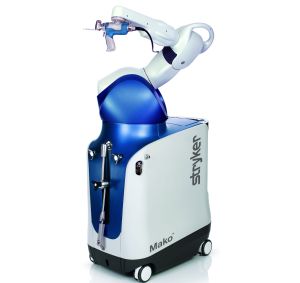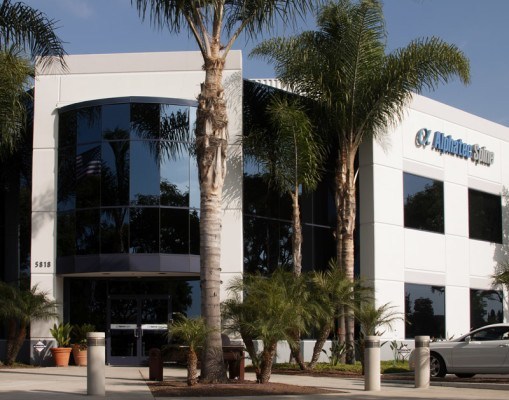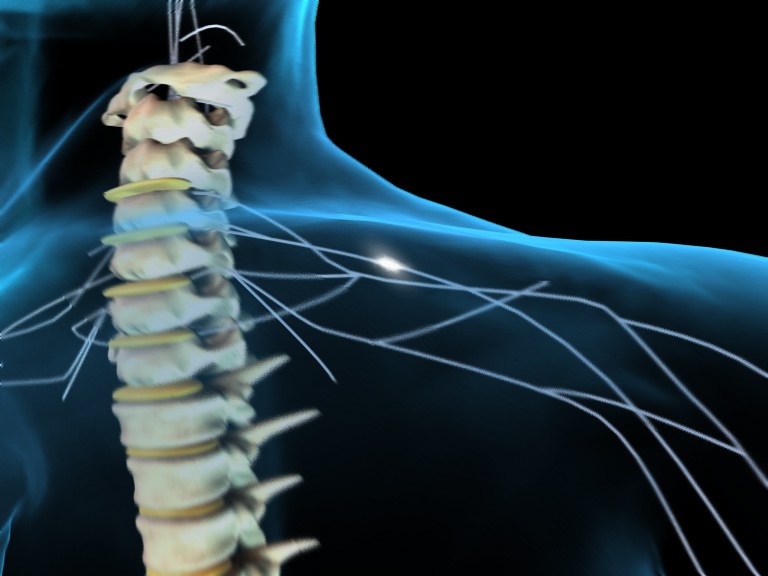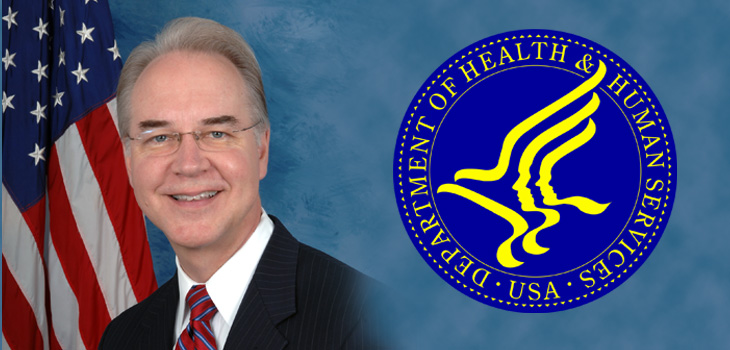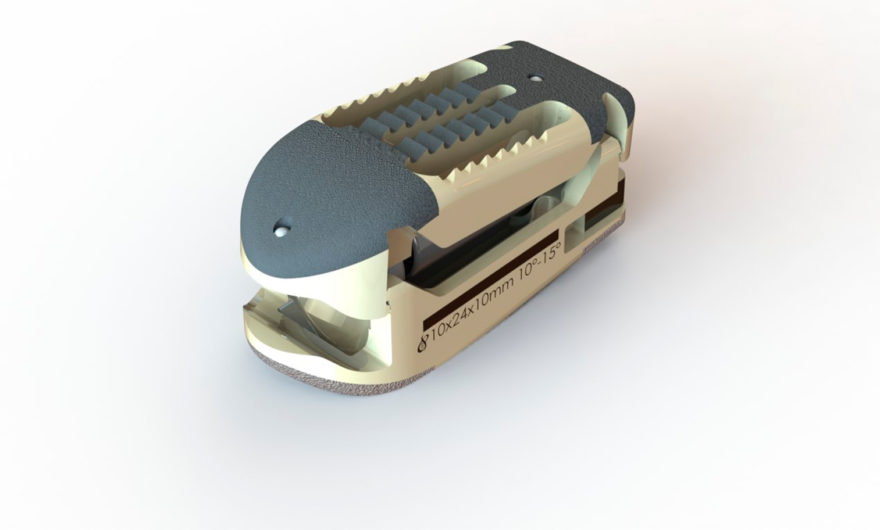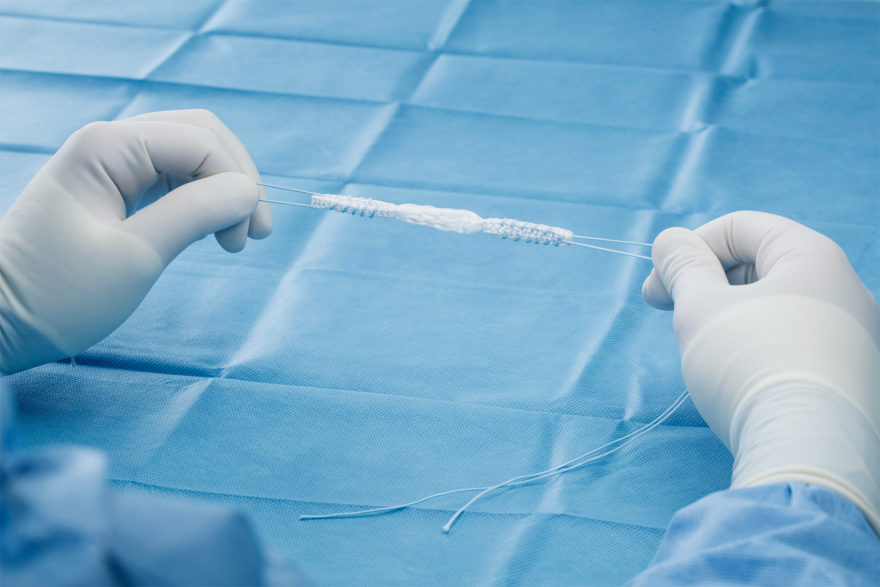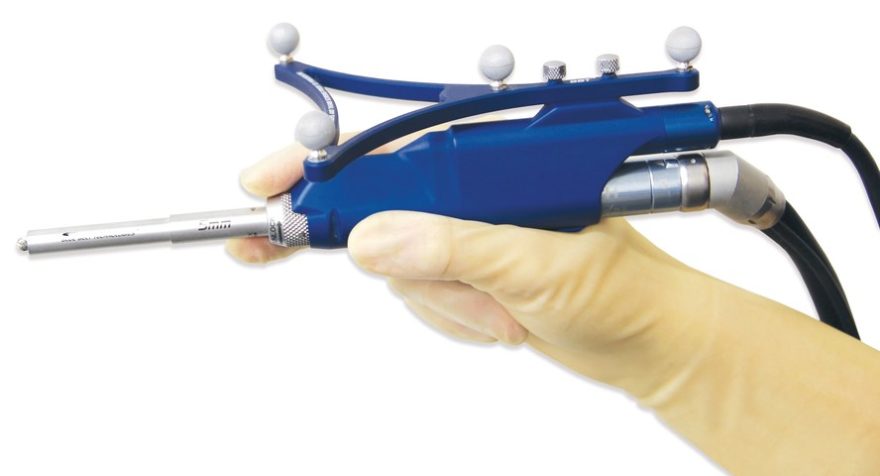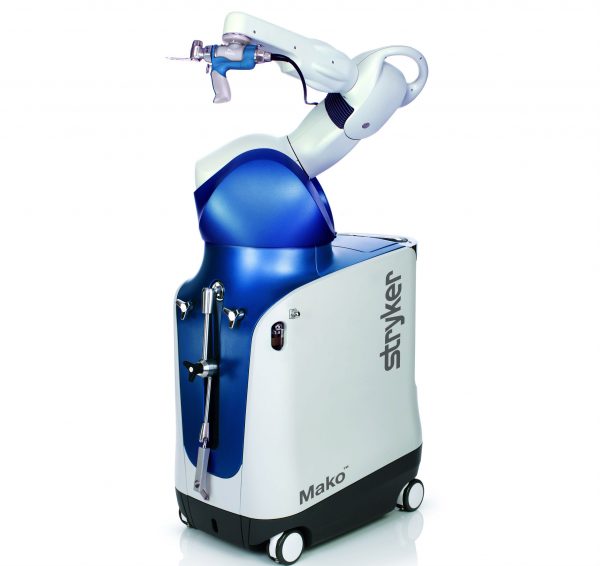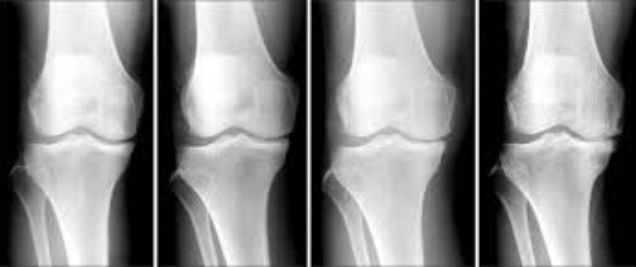CARLSBAD, Calif., March 24, 2017 (GLOBE NEWSWIRE) — Alphatec Holdings, Inc. (Nasdaq:ATEC), the parent company of Alphatec Spine, Inc., a provider of spinal fusion technologies, announced today the addition of two new executives with proven track records in the spine industry, naming Brian Snider as Executive Vice President, Strategic Marketing and Product Development, and Chris Ryan as Area Vice President of Sales in the U.S. Central Region. Drawing on their deep commercial spine experience, Mr. Snider and Mr. Ryan will focus on building brand awareness with surgeon customers and driving market demand for Alphatec’s differentiated product solutions.
Brian Snider Named EVP Strategic Marketing and Product Development
“I am pleased to welcome Brian to the Alphatec Senior Leadership Team,” said Terry Rich, Alphatec Spine’s Chief Executive Officer. “Brian’s arrival completes our efforts over the past few months to restructure Alphatec leadership by adding individuals with significant spine and orthopedic experience. Brian brings an unquestioned track record of building strong surgeon relationships, product innovation, and commercialization, having brought to market over 30 innovative spine products and procedures. We look forward to leveraging his energy and expertise, as we launch our new products, including Battalion™ Lateral and Arsenal™ Deformity, deepen our engagement with surgeons, and aggressively build our brand. I look forward to partnering with Brian and believe his contributions will help take Alphatec to the next level of innovation and growth.”
As Alphatec’s Executive Vice President, Strategic Marketing and Product Development, Mr. Snider will lead all aspects of the Company’s go-to-market strategy, including product development, marketing, brand awareness and driving market adoption.
Mr. Snider has spent the past 11 years focused on marketing, brand and product development, and global product management in the spine and medical device industries. Prior to joining Alphatec Spine, Mr. Snider spent nine years at NuVasive, Inc., where he most recently served as the Business Lead of Thoracolumbar Anterior, and had substantial responsibility over the anterior column business, including XLIF® and Anterior Column Realignment (ACR®). Prior to NuVasive, Mr. Snider held marketing leadership roles at Alveolus, Inc., a medical device company focused on interventional stent technologies. He started his career at KPMG consulting in various business units, including Life Sciences.
Mr. Snider holds an MBA from the Fuqua School of Business at Duke University and a Bachelor’s degree in Business Administration from The George Washington University.
Chris Ryan Named AVP Sales, Central Region
“I’m excited to bring Chris onboard as the first of our new regional area sales vice presidents,” said Mr. Rich. “Given the recent launch of our three new products— Arsenal Deformity, Battalion Lateral and XYcor® Expandable Interbody—this is a perfect time for Chris to join the Alphatec team. Chris brings a combination of high-performing sales leadership and distribution channel transformation experience that will be crucial to leading our sales agent relationships and accelerating our growth. His reputation for high integrity, his deep understanding of the spine industry and his proven ability to drive significant revenue will make him an asset to our organization.”
As Alphatec’s Area Vice President, Sales, Central, Mr. Ryan will be responsible for expanding the Company’s presence in the Central United States, including building dedicated sales agent relationships, targeting new customer and market opportunities, as well as providing service and support for existing surgeon customers.
Mr. Ryan brings more than 20 years of progressive spine sales leadership experience to Alphatec. Prior to joining Alphatec, Mr. Ryan held multiple sales leadership roles over a six-year period with Zimmer Biomet Spine, including as its Vice President of U.S. Sales and a member of the Zimmer Spine Leadership Team. Under Mr. Ryan’s leadership, Zimmer’s U.S. Spine Sales channel underwent a substantial, strategic change in distribution, yielding significant annual revenue growth. Prior to Zimmer, Mr. Ryan served in a number of leadership capacities during his 14-year career at Medtronic, including Regional Vice President of Medtronic Spinal and Biologics business unit, responsible for Medtronic’s Central Region.
Mr. Ryan holds a Bachelor of Science in Economics from Western Michigan University.
Inducement Awards Granted
As an inducement to entering into employment with the Company and in accordance with NASDAQ Listing Rule 5635(c)(4) under Alphatec’s 2016 Employment Inducement Award Plan (the “Plan”), on March 16, 2017, the Compensation Committee of the Board of Directors approved the following inducement awards:
- Mr. Snider: 75,000 restricted stock units (RSUs) (with the grant of such RSUs made subject to, and effective on, the date on which Alphatec files a Registration Statement on Form S-8 registering the shares of common stock issuable upon settlement of the RSUs, which filing is expected to occur later this month) and an option to purchase 75,000 shares of common stock.
- Mr. Ryan: 25,000 restricted stock units (RSUs) (with the grant of such RSUs made subject to, and effective on, the date on which Alphatec files a Registration Statement on Form S-8 registering the shares of common stock issuable upon settlement of the RSUs, which filing is expected to occur later this month) and an option to purchase 25,000 shares of common stock.
The RSUs and stock options were granted pursuant to the Plan. Collectively, the RSUs and options were granted as inducements material to the new employees entering into employment with Alphatec in accordance with NASDAQ Listing Rule 5635(c)(4).
The RSUs will vest in equal installments annually over four years on each of the first four anniversaries of the first date of employment, assuming in each case the employee remains continuously employed by Alphatec as of such vesting date. In addition, the RSUs will fully vest upon a change in control of Alphatec.
The stock options will have an exercise price equal to the closing price per share of Alphatec’s common stock as reported by NASDAQ on the date of grant (March 20, 2017). The stock options will vest over four years, with 25% of the options vesting on the first anniversary of the date of grant and the remainder of the options vesting monthly over the subsequent three years, assuming in each case the employee remains continuously employed by Alphatec as of such vesting date. In addition, the options will fully vest upon a change in control of Alphatec.
Alphatec is providing this information in accordance with NASDAQ Listing Rule 5635(c)(4).
About Alphatec Spine
Alphatec Spine, Inc., a wholly owned subsidiary of Alphatec Holdings, Inc., is a medical device company that designs, develops and markets spinal fusion technology products and solutions for the treatment of spinal disorders associated with disease and degeneration, congenital deformities and trauma. The Company’s mission is to improve lives by delivering advancements in spinal fusion technologies. The Company markets products in the U.S. via independent sales agents and a direct sales force.
Additional information can be found at www.alphatecspine.com.
Forward Looking Statements
This press release may contain “forward-looking statements” within the meaning of the Private Securities Litigation Reform Act of 1995 that involve risks and uncertainty. Such statements are based on management’s current expectations and are subject to a number of risks and uncertainties that could cause actual results to differ materially from those described in the forward-looking statements. Alphatec Spine cautions investors that there can be no assurance that actual results or business conditions will not differ materially from those projected or suggested in such forward-looking statements as a result of various factors. Forward-looking statements include the Company’s ability to launch new products, deepen surgeon engagement, build brand awareness and accelerate growth. The words “believe,” “will,” “should,” “expect,” “intend,” “estimate” and “anticipate,” variations of such words and similar expressions identify forward-looking statements, but their absence does not mean that a statement is not a forward-looking statement. The important factors that could cause actual operating results to differ significantly from those expressed or implied by such forward-looking statements include, but are not limited to: the uncertainties in the Company’s ability to execute upon its strategic operating plan; the uncertainty of success in launching new products and developing new products or products currently in the Company’s pipeline; the failure to achieve acceptance of the Company’s products by the surgeon community; continuation of favorable third party payor reimbursement for procedures performed using the Company’s products; the Company’s ability to compete with other competing products and with emerging new technologies; and the Company’s ability to meet its financial obligations under its credit agreements and the Orthotec settlement agreement. Please refer to the risks detailed from time to time in Alphatec Spine’s SEC reports, including its Annual Report Form 10-K, as well as other filings on Form 10-Q and periodic filings on Form 8-K. Alphatec Spine disclaims any intention or obligation to update or revise any forward-looking statements, whether as a result of new information, future events, or otherwise, unless required by law.
CONTACT: Investor/Media Contact:
Christine Zedelmayer
Investor Relations
Alphatec Spine, Inc.
(760) 494-6610
czedelmayer@alphatecspine.com

